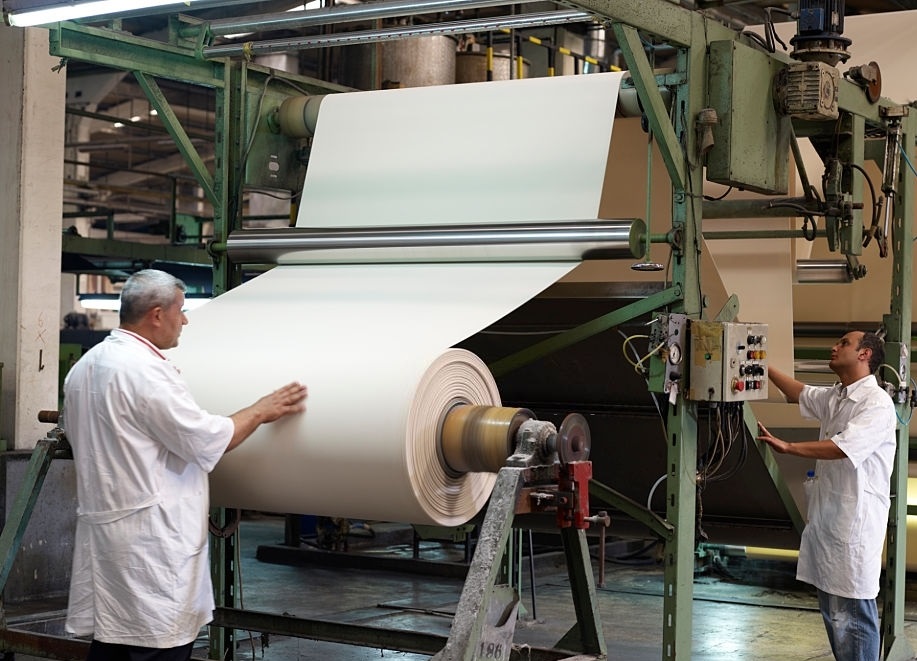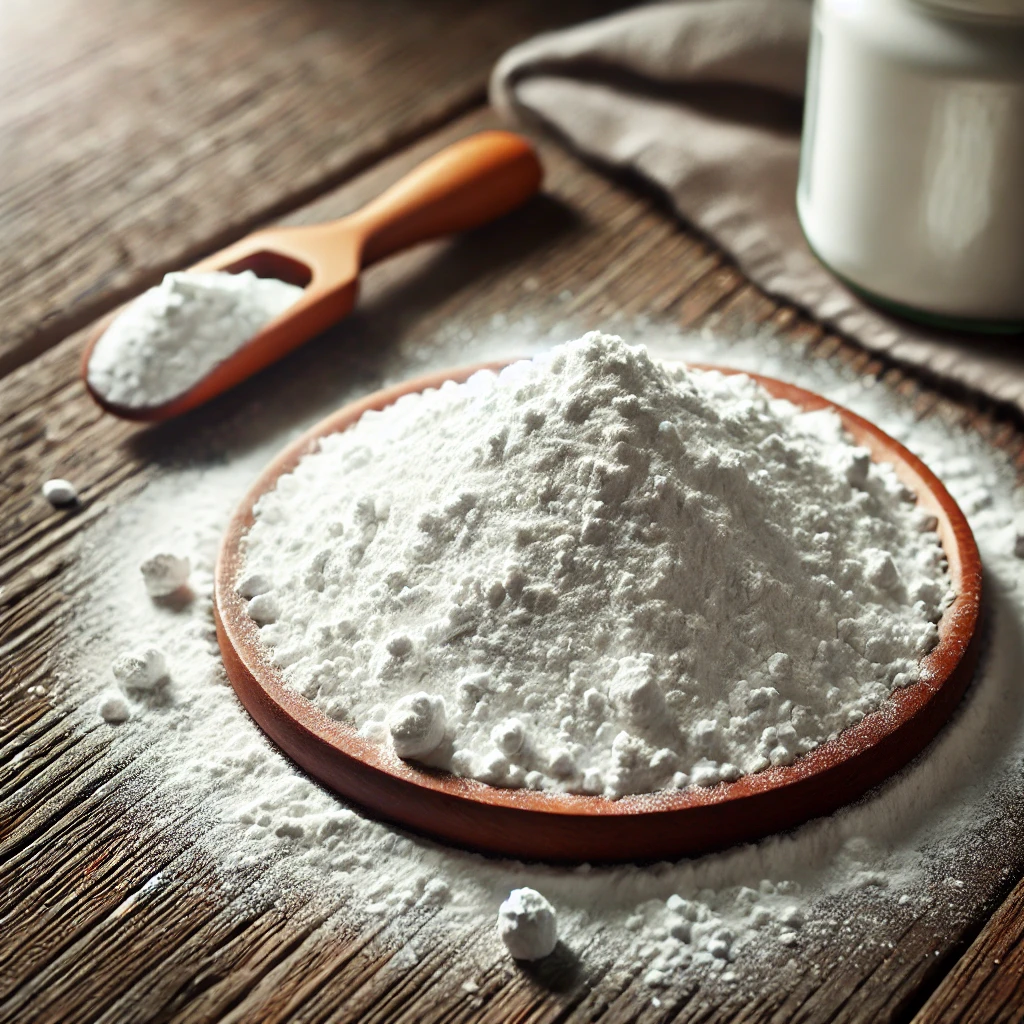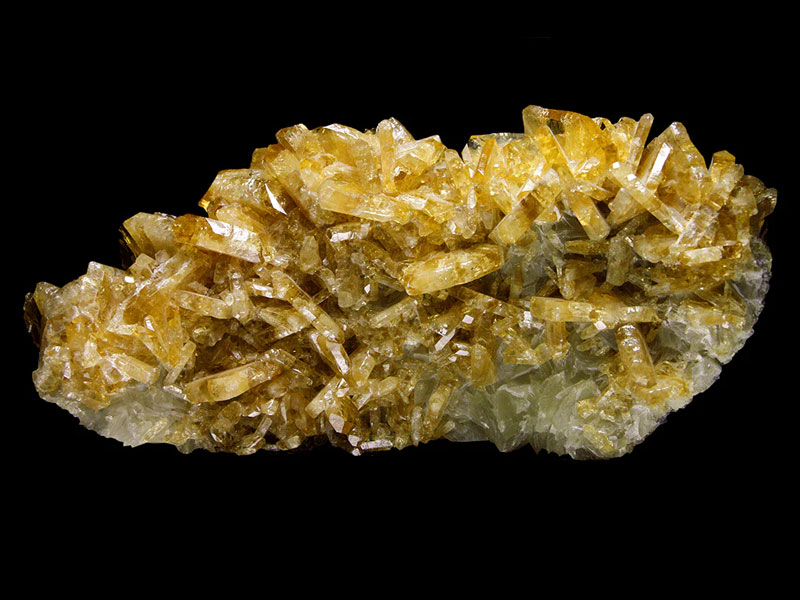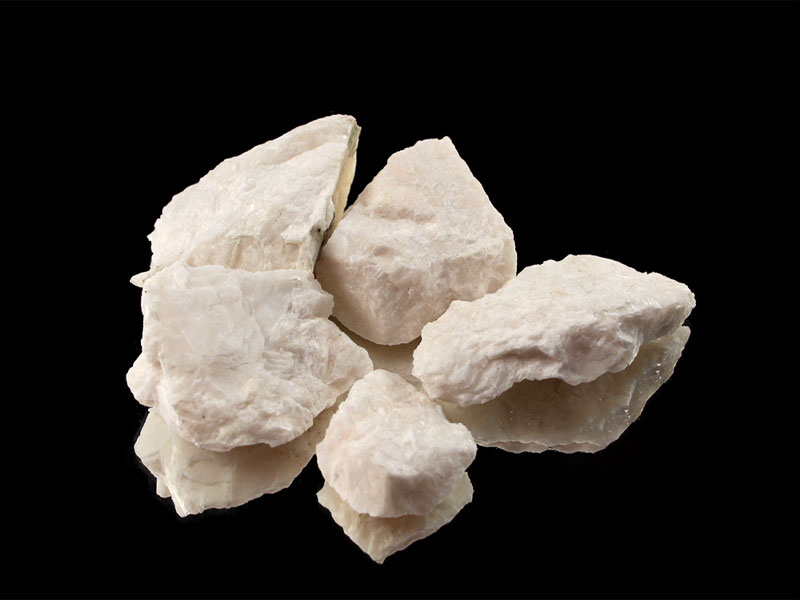Application plaster: Gypsum is used in the construction industry and many other industries, which is mostly used in construction, but gypsum has different applications.
Plaster in agriculture
There are two main sources of gypsum in nature, one is the sediments left around the shores at sea and the other is the existing raw gypsum mines, which are usually the result of severe leaching of sedimentary substrates, a substance that can be used as a miracle in two pistachio orchards. Slow, of course, if used in principle, the use of gypsum in raw form has an almost long history in agriculture. The use of gypsum in agriculture since the 18th century in Europe has been popular on many products, including grapes and apples.
Application of plaster in construction
The main application of gypsum is in construction. Composite plasters such as gypsum gypsum are used for plastering on concrete surfaces. Among the uses of gypsum in the construction industry are surface plastering, cleaning, polishing, plastering, decor. , Is gypsum tiles. Another of the most important applications of gypsum in the production of Portland cement. In the cement industry, gypsum is used as a material for greater adhesion in cement. Plaster is also used in dentistry.
Plaster in dentistry

There are different types of dental plaster depending on the type of application, but in any case, dental plaster must be completely pure raw materials, which are used in the fields of medical bandages, tooth molds, bone fractures and oral tablets.
Paper making

Other applications of gypsum are paper making. Gypsum increases printing by reducing the absorption of ink and also reduces the side costs for the use of paper consumers such as publishers and printing houses. Using gypsum as a filler in paper can have chemical and physical properties. Controlled particles. Also, flexibility in gypsum production helps to control and achieve the goal in paper production. The use of gypsum increases the outflow of moisture from the paper during the production process and also increases transparency and reduces the weight of the sheet and ultimately reduces costs. It is loaded, as mentioned, plaster can control the paper coating and ink absorption, and this is especially important in the color and similarity of the print color with the original color.
Application plaster in art

Plaster can trap ink on the surface of the paper and prevent it from being absorbed into it. On the other hand, the precipitated calcium carbonate used in the paper acts like small mirrors, which increases the brightness of the paper. Plaster is very useful when the light and white as well as the smooth surface of the paper is desired, you may not have heard that plaster is widely used in art and painting.The presence of plaster under the paints makes the painting more durable and durable. The use of plaster in art can only turn it into a wet mold. It is positive and can be the most suitable option for a durable model called stonecutters








